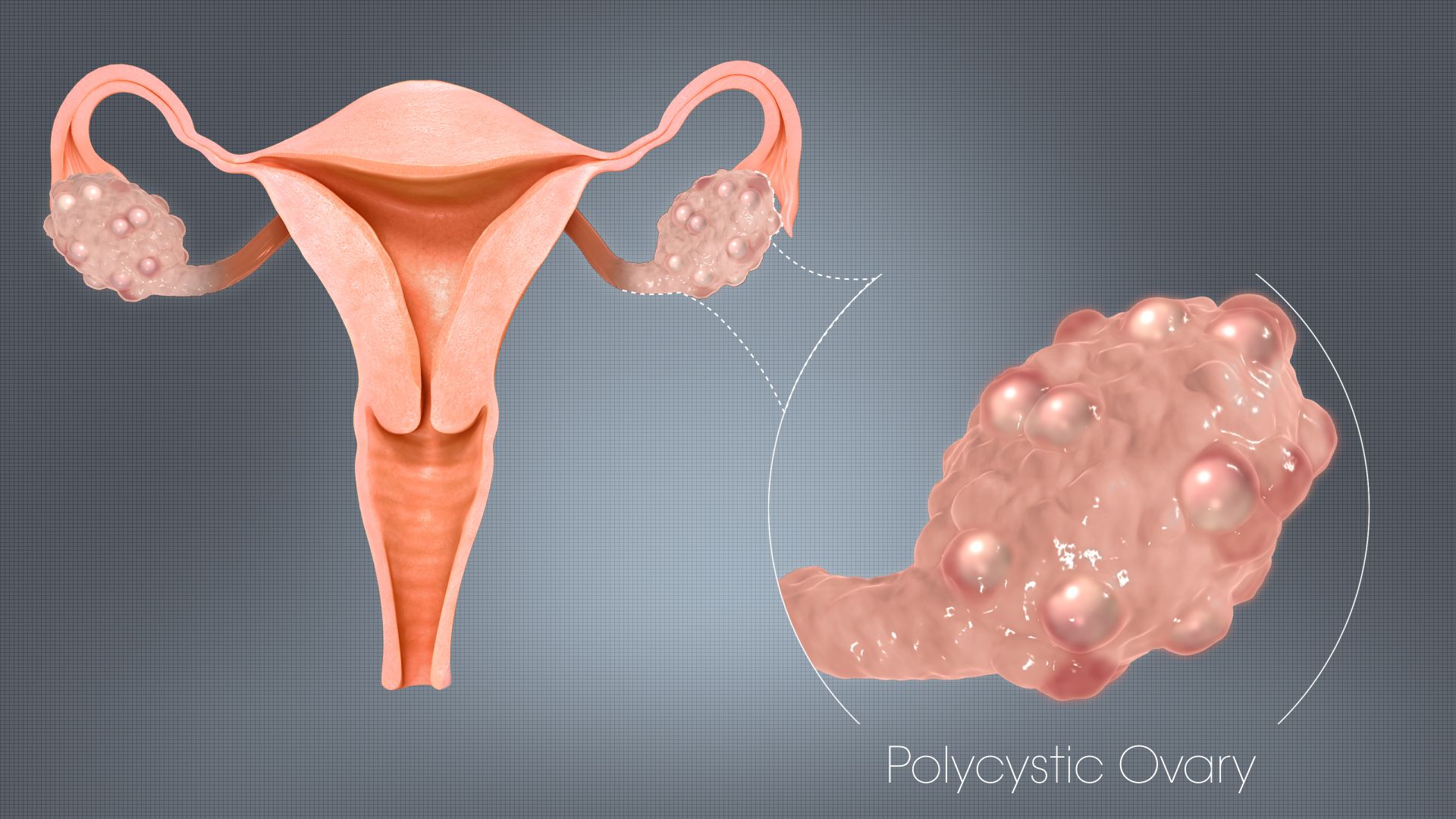The name “Polycystic Ovarian Syndrome” is misleading because a woman can have PCOS even in the absence of ovarian cysts, and can have ovarian cysts without developing PCOS. The cysts associated with PCOS are actually unreleased eggs from the ovary because of abnormal hormone functioning.
With the wide variations in the way this condition presents itself, there is much debate among medical professionals as to how to define and diagnose it. The primary consensus seems to be that women with PCOS have unpredictable ovulation routines, release higher than normal amounts of androgens (particularly testosterone and/or DHEA), and are insulin resistant.
- The master glands fail to be good regulators
An endocrine system defect affecting the hypothalamus and/or pituitary glands can result in PCOS as the production of either gonadotropin-releasing hormone (GnRH) or luteinizing hormone (LH) is elevated, leading to an overstimulation of ovaries and hence, androgen excess. The chain reaction is enough to disrupt the menstrual cycle.
- Cysts causing no periods or No periods causing cysts?
Some scientists believe PCOS to be a consequence of a self-perpetuating vicious cycle of not ovulating. No ovulation means no production of progesterone, which in turn implies no ovulation, and increased testosterone release by the ovary (to make up for the functions of progesterone).
- Or maybe the iodine intake isn’t enough
Another suggestion is that PCOS is a scar tissue disease caused due to lack of iodine. The theory states low iodine levels to be responsible for not only cysts’ development in the ovaries, but also growth of nodules, scar tissue and other protrusions elsewhere throughout the body.
- Maybe toxic substances are the reason
Exposure to xenobiotics, drugs and chemicals, environmental pollutants, and carcinogens, can potentially disrupt the normal functioning of hormones, and also alter the development of fetal tissue. Studies have revealed that out of the several thousand follicles formed in the female ovary, the one which matures into an ovum and finally becomes an embryo after fertilization, is exquisitely sensitive to the toxicity of xenobiotics. The chemicals may not cause much harm to the mother but they certainly damage the female embryo’s ovarian follicles and make them dysfunctional. This damage only becomes apparent once the child grows and attains puberty.
- Insulin resistance is the culprit
Insulin resistance appears to be the major reason for the hormones going haywire. Medical research suggests that when insulin levels in the blood are high, the ovaries may be stimulated to produce more testosterone. This is because PCOS witnesses the excessively high insulin production, coupled with its resistance, independent of body weight.
Drs. Quintana and Dunaif hypothesize that “polycystic ovarian changes may be a prerequisite for the insulin effects, because insulin does not alter androgen secretions in normal women.”
They suggest that PCOS may be a major contributor to the number of women with non insulin-dependent diabetes mellitus (NIDDM), both pre- and post-menopause (Jennifer’s Main Blog)
A notable observation reveals a critical connection of insulin with PCOS, and the cysts make the risk of Type II diabetes rise by approximately, whereas it increases by only 50% with just high androgen levels. The explanation is that high insulin levels cause the ovaries to produce excessive amounts of androgen (testosterone) and insulin resistance also increases aromatase, which converts testosterone to estradiol, thereby setting the stage for estrogen dominance and a lack of ovulation.
Researchers at The University of Chicago Medicine Center for Polycystic Ovary Syndrome are exploring a possible hereditary basis for PCOS and its association with diabetes. They report that approximately 30% of the women with PCOS have an abnormal glucose tolerance test, and that 10% will be diabetic by the time they reach 40 years of age. In addition, Dr. Dunaif found that about 50% of the sisters of women with PCOS exhibit similar symptoms. These findings strongly suggest that if one of the sisters is diagnosed with PCOS, the other women in the immediate family should also be checked.
PCOS: A Mysterious Disorder
The most common hormonal problem in women, Polycystic Ovarian Syndrome (PCOS), is originally known as Stein-Leventhal syndrome named after two American gynecologists who described this condition. Read More..









